Noise: Scourge of Human Health and the Environment
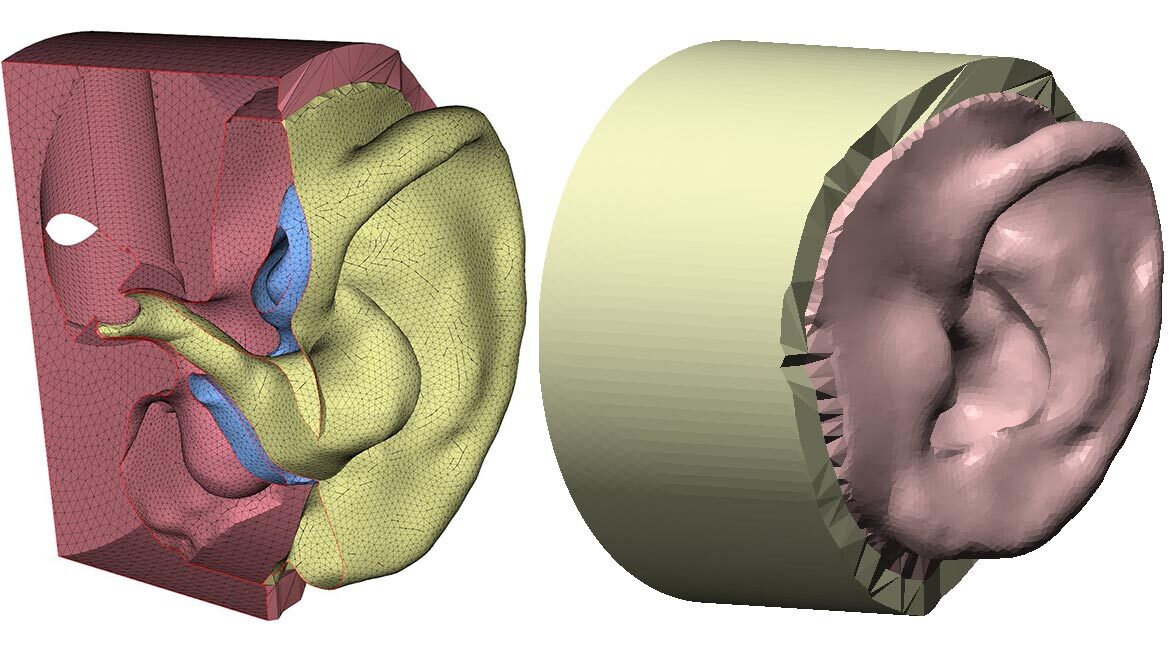
3D numerical model of an outer ear including the bony part (red), cartilage (blue) and soft tissues (yellow). @ Olivier Doutres.
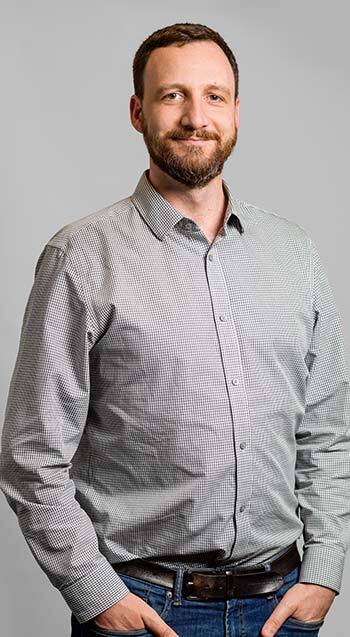
Olivier Doutres, professor at ÉTS
Noise. The World Health Organization defines it as sound that is unwanted or harmful. Noise is not just a nuisance; it represents a danger to health.
Olivier Doutres, an acoustical engineer, has made noise his chosen field of study and his sandbox. It is one of the three pillars of research at the Groupe de recherche en acoustique à Montréal (GRAM). This laboratory brings together researchers from ÉTS and the Institut de recherche Robert-Sauvé en santé et en sécurité du travail (IRSST).
The goal of Professor Doutres’s research is to reduce individuals’ exposure to noise and to prevent its adverse effects on the health and safety of workers as well as the general public.
As he explains, music played a role in this career choice: “Often it is an interest in music that leads students to become curious about the physics of sound and sound waves, and to choose to study acoustics.”
Olivier Doutres has two main research streams: hearing protection and environmental noise. “We are trying to better understand the physical mechanisms governing the acoustic behaviour of protectors (earplugs and earmuffs) in order to provide workers with better hearing protection,” he explains. “In addition, we are developing acoustic materials that will better insulate aircraft cabins from external noise, as well as tools to better understand how noise is generated inside the aircraft by on board vibrating systems.”
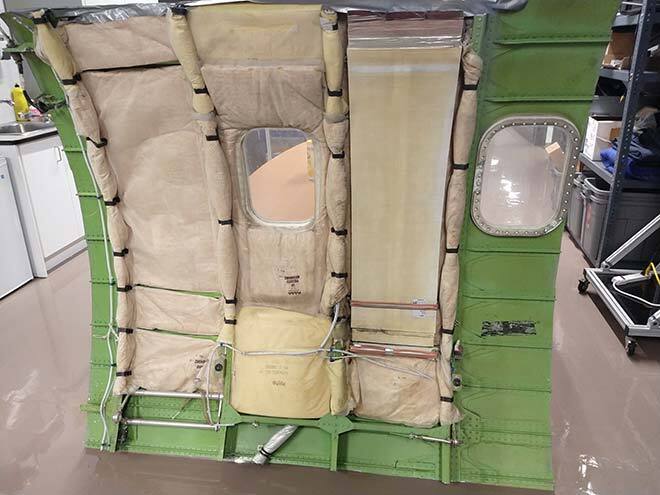
Portion of aircraft fuselage structure with visible sound package.
There is much work to be done in both cases. It is estimated that 120 million workers worldwide are at risk of deafness. In Quebec, 360,000 workers are exposed to hazardous noise levels of over 85 decibels. Danger is also associated with so-called “environmental” noise. The WHO believes that, even at fewer than 85 decibels, this represents one of the main dangers for the environment. Here we are talking about noise from road, rail and air transportation, both out of doors and inside. Recreational activities such as musical performances are also a source of noise. Sustained exposure to these sounds has significant health outcomes: sleep disruption, cardiovascular diseases, decreased performance levels, psychosocial impacts (aggression and isolation), etc.
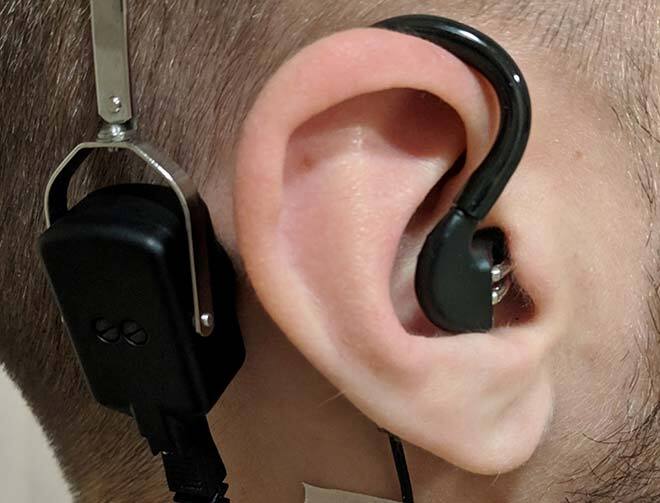
Objective measurement of the occlusion effect, a significant discomfort associated with the use of earplugs
“My passions have always played a role in my life decisions,” says Olivier Doutres. Starting out as a technician, he chose to attend Le Mans University, which is known around the world for its acoustics laboratory and its team of CNRS professors and researchers. A research internship in a laboratory in Madrid, completed as part of his engineering program, also served to trigger his passion for research, as well as for travel. After completing his master’s degree and Ph.D. at Le Mans University, he crossed the Atlantic in 2009 to pursue an opportunity at Université de Sherbrooke before joining ÉTS in 2015.
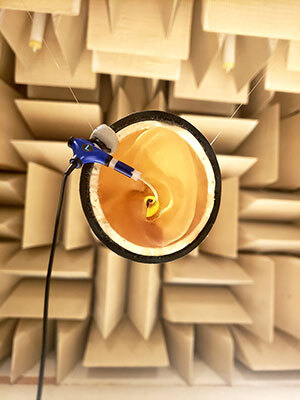
Artificial ear suspended in the anechoic chamber and used to characterize the noise protection effectiveness of an earplug.
Olivier Doutres expanded his practice to include disciplines in the humanities, including ergonomics and industrial psychology. “I’m increasingly interested in a multidisciplinary approach, in collaborating with other researchers,” he continues. “I find the complexity and our exchanges highly stimulating.” He also greatly appreciates the freedom he has conducting his research at ÉTS.
“All on my own, I’m not all that much,” he concludes. “But I’m part of a microcosm in which all of us, taken together ─ students, researchers, technicians and professors ─ are making progress. In my practice, my goals are to transfer and generate knowledge and collaborate in my work, as well as to meet the needs of industry.”
Last year Olivier Doutres won the ÉTS award for the most promising invention. In collaboration with another ÉTS professor/researcher, Vladimir Brailovski, he created a type of acoustic insulation that will help reduce noise pollution in aircraft cabins.


